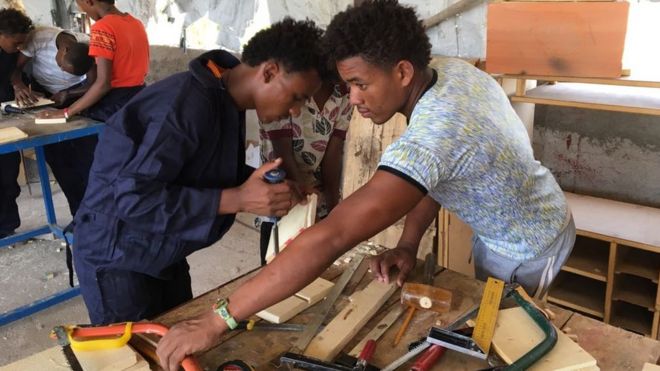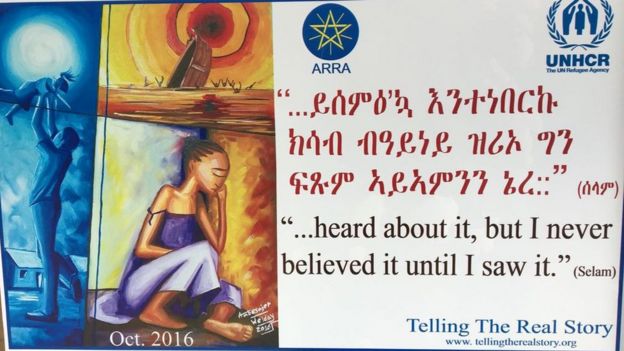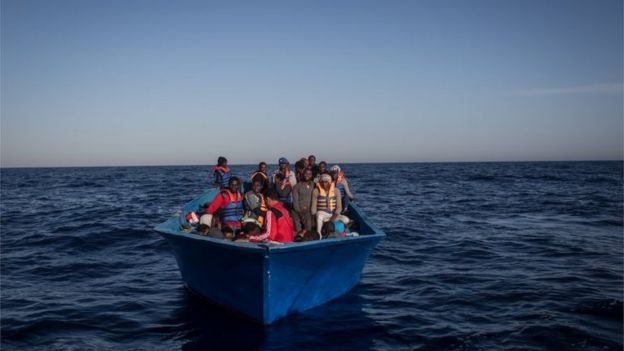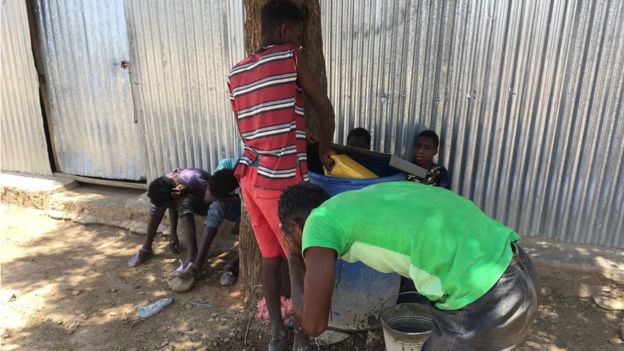Added 26th July 2017 06:00 AM
Small businesses receiving their annual assessments have found themselves taxed at rates up to four times higher than in previous years.
Shops in two towns have closed in Oromia state Ethiopia, similar to this 2016 scene of closed shops in Burayu, Oromia state. /AFP/ Photo
Shops closed their doors in Addis Ababa's largest market on Tuesday in protest at a recent hike in business taxes, bringing anger over the policy to the nation's capital.
Small businesses receiving their annual assessments have found themselves taxed at rates up to four times higher than in previous years.
That is according to residents of two towns outside Addis Ababa where strikes started earlier this month.
Both towns are in Oromia, where violent anti-government protests broke out in 2015 that were only quelled when a nationwide state of emergency was imposed last October.
Since then, Oromia has mostly been at peace, but this week's strike is one of the first instance of widespread, organised resistance against the government since the emergency decree.
Shops and bus companies in the Oromia town on Incinni closed for three days last week in protest of the tax hike, a local resident told AFP on condition of anonymity for fear of retaliation.
Protesters who marched from a market to the district administration to demand the levies be decreased were turned back by security forces, the resident added.
They are "angry because the tax promulgation is unfair, and scared to protest because if they do a shooting might occur," the resident said.
Businesses also closed in Ambo, a flashpoint during the 2015-2016 unrest, a resident there said.
Federal police officers in the town threatened shopkeepers who weren't open during business hours.
On Tuesday, an AFP reporter said a minority of shops in the capital's largest market Mercato hadn't opened, and some striking shopkeepers said they had received letters threatening consequences if they did not come to work.
Many merchants declined to speak in detail about the strike for fear of government retaliation, and around 10 plainclothes security officers forced an AFP reporter to leave Mercato.
The strike comes at a sensitive time for Africa's second most-populous nation, still under emergency rule.
The government has denied raising taxes, with Fasika Belay, a spokesman for the Ethiopian Revenues and Customs Authority (ERCA), saying that perhaps businesses are "confused" on how levies are calculated.
Small businesses receiving their annual assessments have found themselves taxed at rates up to four times higher than in previous years.
That is according to residents of two towns outside Addis Ababa where strikes started earlier this month.
Both towns are in Oromia, where violent anti-government protests broke out in 2015 that were only quelled when a nationwide state of emergency was imposed last October.
Since then, Oromia has mostly been at peace, but this week's strike is one of the first instance of widespread, organised resistance against the government since the emergency decree.
Shops and bus companies in the Oromia town on Incinni closed for three days last week in protest of the tax hike, a local resident told AFP on condition of anonymity for fear of retaliation.
Protesters who marched from a market to the district administration to demand the levies be decreased were turned back by security forces, the resident added.
They are "angry because the tax promulgation is unfair, and scared to protest because if they do a shooting might occur," the resident said.
Businesses also closed in Ambo, a flashpoint during the 2015-2016 unrest, a resident there said.
Federal police officers in the town threatened shopkeepers who weren't open during business hours.
On Tuesday, an AFP reporter said a minority of shops in the capital's largest market Mercato hadn't opened, and some striking shopkeepers said they had received letters threatening consequences if they did not come to work.
Many merchants declined to speak in detail about the strike for fear of government retaliation, and around 10 plainclothes security officers forced an AFP reporter to leave Mercato.
The strike comes at a sensitive time for Africa's second most-populous nation, still under emergency rule.
The government has denied raising taxes, with Fasika Belay, a spokesman for the Ethiopian Revenues and Customs Authority (ERCA), saying that perhaps businesses are "confused" on how levies are calculated.





